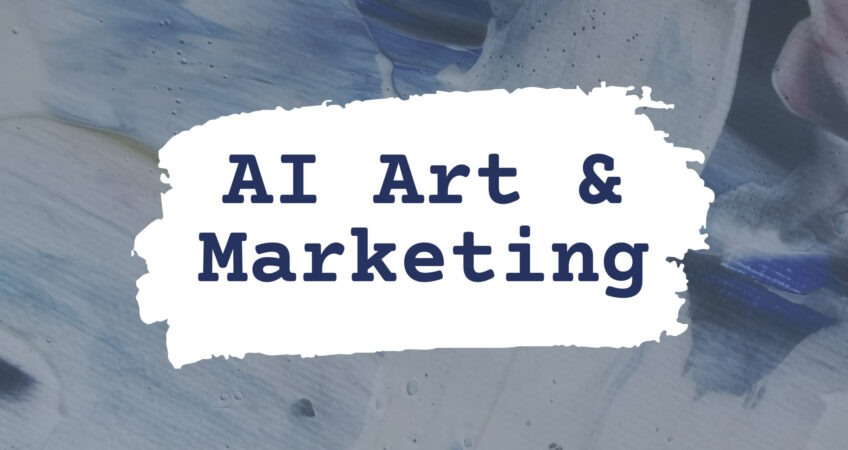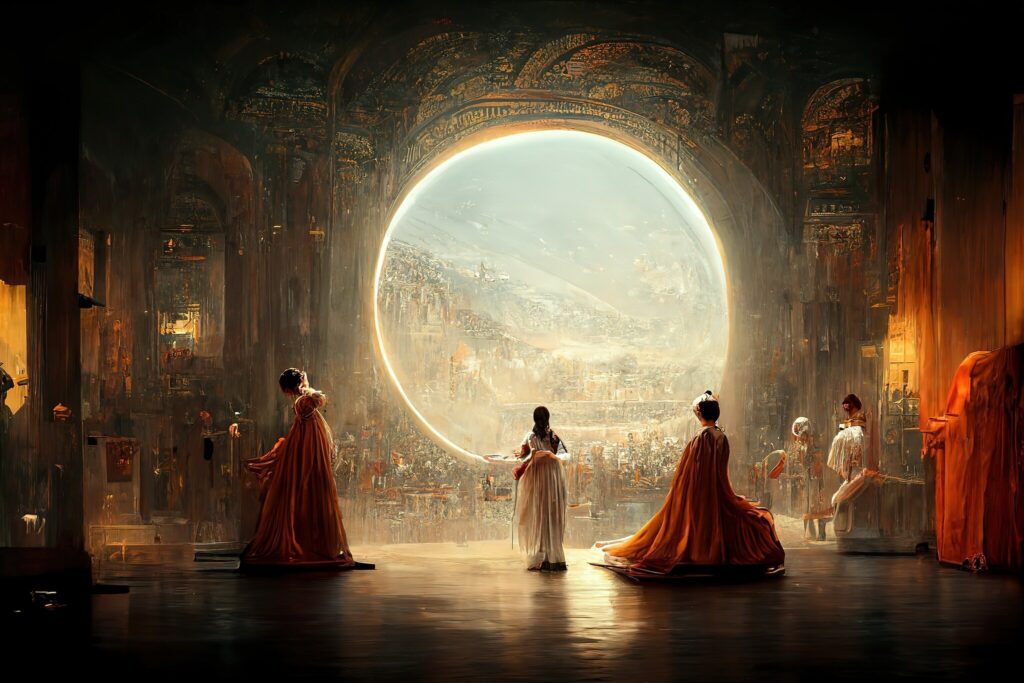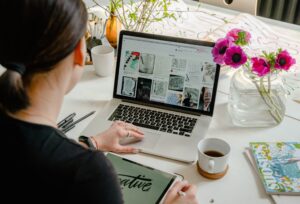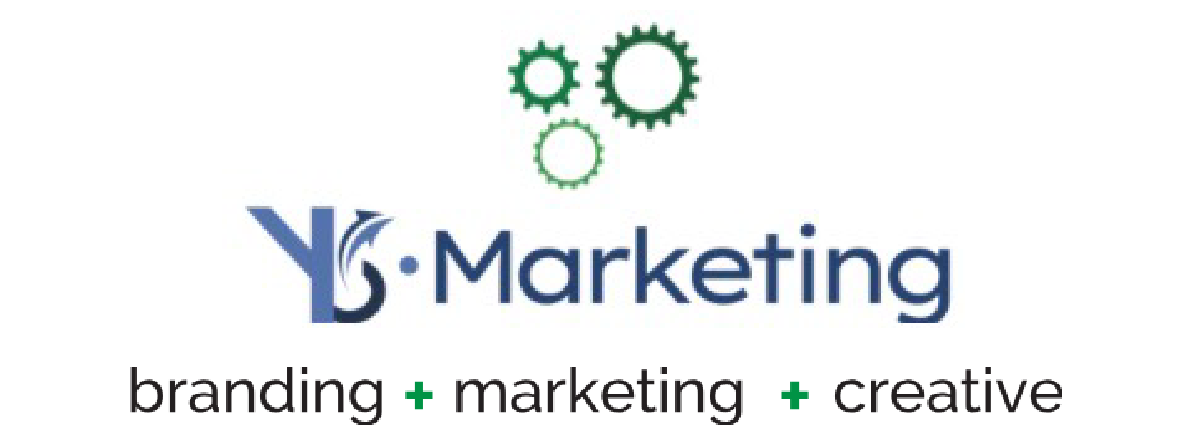
AI Art & Marketing
If you haven’t already heard, AI Art is taking the art world by storm, leading many to consider the consequences that such a program could incur on artists. As marketers, we also have a stake in the development and usage of these AI technologies, especially those of us that work in the graphic design and creative fields.
What is AI Art?
 To define AI Art, we first have to define AI, or artificial intelligence. You are probably familiar with this term, but many don’t actually know what it means. AI is any computer system designed with machine learning capabilities, or the ability to perceive, synthesize, and infer information, most commonly from data, over time. AI is meant to mimic the intelligence process systems found in humans and other animals and can perform tasks like language processing, speech recognition, and the task used for AI Art: machine vision. So AI Art is any program designed to learn about art creation processes and take that knowledge to create original works, most commonly from a given criteria like style or type.
To define AI Art, we first have to define AI, or artificial intelligence. You are probably familiar with this term, but many don’t actually know what it means. AI is any computer system designed with machine learning capabilities, or the ability to perceive, synthesize, and infer information, most commonly from data, over time. AI is meant to mimic the intelligence process systems found in humans and other animals and can perform tasks like language processing, speech recognition, and the task used for AI Art: machine vision. So AI Art is any program designed to learn about art creation processes and take that knowledge to create original works, most commonly from a given criteria like style or type.
AI Art and its capabilities was really thrown into the spotlight, when Jason Allen won a Fine Arts Competition with artwork created by the AI Art programs: The Midjourney Program and AI Gigapixel, pictured right. After that, more and more AI Art programs started popping up. To see the scale that these programs operate and are available, just search ‘AI Art’ on your browser and you will be shown pages upon pages of these programs.
How could AI Art become a problem?
 The nature of these programs is to learn from works already created by artists and many of these programs use elements from such works in their ‘original’ pieces. Some programs have been known to steal the elements, techniques, and even brushstrokes from artists’ works to use in their renditions. There have even been multiple examples of artists finding their distorted signatures on AI pieces.
The nature of these programs is to learn from works already created by artists and many of these programs use elements from such works in their ‘original’ pieces. Some programs have been known to steal the elements, techniques, and even brushstrokes from artists’ works to use in their renditions. There have even been multiple examples of artists finding their distorted signatures on AI pieces.
But the problem isn’t just in stealing. With the ability for AI to crank out artworks in mere minutes, the amount of fine art available leads to all art being devalued. Works that artists could formerly charge thousands of dollars for, become obsolete amidst the plethora of similar works generated by AI, pushing artists and their works to be virtually worthless.
How could AI Art affect Marketing?
In the same way that AI Art devalues work made by artists, it would also devalue the creative work made for marketing purposes like ads, logos, and other graphic assets. Going forward, why would companies and agencies hire designers when they can simply work with AI software for all their artistic needs? We aren’t there yet with AI Art’s current capabilities, but the programs are designed to learn as they go and with time, AI Art replacing the need for graphic designers could become a reality.
How can we adapt?
 To best ensure your value as a graphic designer, you have to learn to work with AI and avoid denying the possibility of AI taking over your job. We have seen time and time again and across many different industries the risk of technologies taking over jobs, but what we have also seen is the greater value achieved from people working with those technologies. Many were worried about their job security when robots began taking over factory jobs, but when robots were actually implemented in the workspace, many found that the people who had those jobs before had the insight and recognition capabilities that the robots didn’t. This made a symbiotic relationship between the technology and the workers infinitely more valuable than either on its own, and the same can be said for AI Art. You have to learn to work with the software to bring ideas to life and it can be used as more of a tool for inspiration rather than a replacement for your work, because at the end of the day you have a better idea of the vision for your work and the specific elements needed than a computer. It is all about growing with technology rather than fighting the inevitable.
To best ensure your value as a graphic designer, you have to learn to work with AI and avoid denying the possibility of AI taking over your job. We have seen time and time again and across many different industries the risk of technologies taking over jobs, but what we have also seen is the greater value achieved from people working with those technologies. Many were worried about their job security when robots began taking over factory jobs, but when robots were actually implemented in the workspace, many found that the people who had those jobs before had the insight and recognition capabilities that the robots didn’t. This made a symbiotic relationship between the technology and the workers infinitely more valuable than either on its own, and the same can be said for AI Art. You have to learn to work with the software to bring ideas to life and it can be used as more of a tool for inspiration rather than a replacement for your work, because at the end of the day you have a better idea of the vision for your work and the specific elements needed than a computer. It is all about growing with technology rather than fighting the inevitable.
